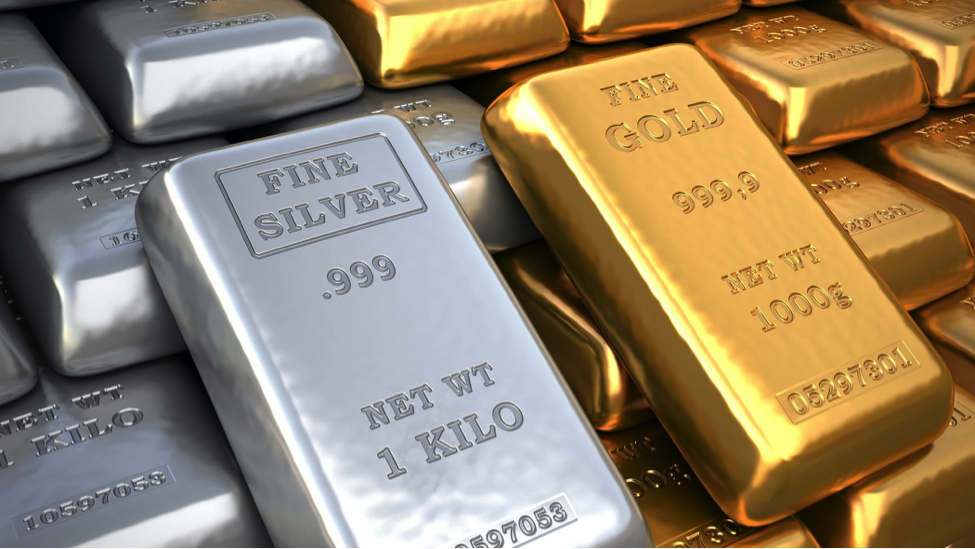For many people, building wealth through legitimate means is one of their life goals. For some that came from really humble backgrounds, it may even be their primary goal. Regardless of the drive behind wanting to amass wealth in your lifetime, there are other things that one must do to succeed. Planning strategically and investing wisely are two key steps that one must take to build wealth.
When it comes to investing, there are numerous financial investment products that investors can take advantage of. Some are low-risk investments for people that can only tolerate such, while some types of investments have higher risks. Very often, investment products with higher risks tend to yield more returns compared to those with lower risks. You can say that the former is more profitable to compensate investors for the constant pressure they are exposed to.
But as important as building wealth is, so is preserving one’s current net worth. As you may already know, paper money is easily affected by inflation as during such times, they lose their purchasing power. To prevent this, people invest in investment products like stocks, bonds, and ETFs that appreciate in price value over time.
This way, they not only protect their money from the effects of inflation but also grow it while doing so. But while this may be a financially prudent move and plan, it isn’t ironclad. You see, investments like stocks, bonds, and ETFs, are affected by the movement of the economy. If it flourishes, so do these products and vice versa. If you want an investment that can really withstand the ups and downs of the economy, then you should consider investing in precious metals.
What are Precious Metals?
Precious metals are rare, naturally occurring metals that have high economic value due to several factors. Some of these factors include their role throughout financial history, scarcity, and use in industrial processes. Chemically, these metals are less reactive than most elements. When it comes to investment, gold, silver, platinum, and palladium are the most popular precious metals.
Throughout financial history, these assets have played a big part in the global economy. In the past, some currencies were physically minted using these rare metals while some were backed by them. A great example of the latter would be the bimetallic standard. Visit https://en.wikipedia.org/wiki/Bimetallism to learn more about the bimetallic standard.
Over the years, a lot has changed and today, investors only purchase precious metals as financial assets. Investors today use precious metals, especially gold, to diversify their portfolios and as a hedge against inflation and financial uncertainty. This is because like we mentioned earlier, gold can weather financial storms better than other investment products.
Precious metals are not only valued by investors looking to strengthen their portfolios. In addition to being safe investment options, they have other economically significant applications such as electronics and jewelry making.

How to Invest in Precious Metals
There are several ways one can invest in these rare elements, however, each method of investment appeals to investors in different ways based on their unique needs. The following are some of the ways people can invest in these assets:
Physical Bars and Coins
Buying the actual metals is the purest way to invest in them. Investors who wish to hold them directly can do so by purchasing them in bullion, that is, minted bars and coins, and safely storing them away. Many investors prefer this option because it reduces counterparty risks and allows their investment to stay private and secure. That said, when you purchase minted bars and coins, to keep them secure, you’d have to spend extra money on storage and insurance.
Gold, silver, platinum, and palladium bars can be bought from dealers around the world. Gold bars can be purchased in sizes ranging from one gram up to 400 ounces. Others are also available in various sizes and weights worldwide. Coins are usually minted by governments around the world in various sizes, ranging from one ounce down to one-tenth of an ounce.
It is extremely important that you purchase precious metals bullion from only reputable sources and companies. For extra safety, you may want to consider transacting physically with a reputable dealer like banks. That said, there are several trusted companies that sell these metals online and have them delivered to their customers once purchased.
Ensure you compare prices between dealers to get great deals, howbeit, with caution. Avoid dealers that are selling below the market price as there’s a big chance that they may be fraudsters. If liquidation is a concern for you, buying from companies that can buy from you whenever you choose to sell is a great way to liquidate these assets if the need arises.
Finally, a great way to invest physically, safely, and conveniently in these assets is through a precious metals individual retirement account (IRA). These accounts allow individuals to save and invest for retirement in precious metals. Click here to find out more.
Mining Equities
Another way for investors to invest in these assets is by purchasing shares from companies that mine and produce these precious metals. The value of these stocks appreciates when the price of the metal backing them rises and vice versa.
With this option, aside from the risk of price fluctuation, investors are exposed to additional risks. The value of shares is also influenced by the performance of the issuing company. Issues like an economic crisis or poor management within the company can affect the company’s profitability. This in turn affects share prices.
Final Thoughts
In choosing which metal to invest in and how to invest in it, investors must do proper research. They should ensure they fully understand the risks associated with each instrument. The most direct and safest route of owning these assets remains to purchase them physically. However, one may have to comprise liquidity and cash flow.
Other vehicles like shares, futures contracts, ETFs, and mutual funds offer more flexibility and liquidity but come with slightly higher risks. For instance, there’s always the possibility of companies folding and going bankrupt. With these other options, you’re basically betting on the management of the concerned companies.



